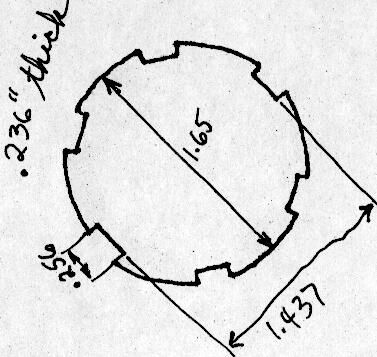dcarver
Well-known member
PM just Roy. He might be ready to do another run of that socket tool. I would be intested if he does.
I don't think Roy is with us any longer - no reply back to email, and I know he was battling...His In Box has been full for a lloooonnnnggggg time and AFAIK hasn't responded to any email in that same length of time.PM sent. Got an error message that his inbox was full and cannot receive any more PM's. I'll try again late
<metrology hat on>Just to make this completely clear, you do want the torque wrench to be at an angle to the spanner. A 90 degree angle to be precise. You do not want it to be in-line.If you place the wrench in-line with the spanner, the torque being applied (and registered) by the wrench will be amplified by the ratio of the length of the spanner to the length of the wrench. IOW you will over torque the nut. But at the prescribed 90 degrees relationship the torque applied to the nut is the same as what is read by the torque wrench.This is clearly spelled out in the service manual.For those playing along at home, what this means, and why Ionbeam is mentioning it, is that if the tool is at an angle, it multiplies the torque value above what it would be in direct line. It can be argued about how much importance this is for this particular application and the relatively low values in play.

Correct
</metrology hat off>















